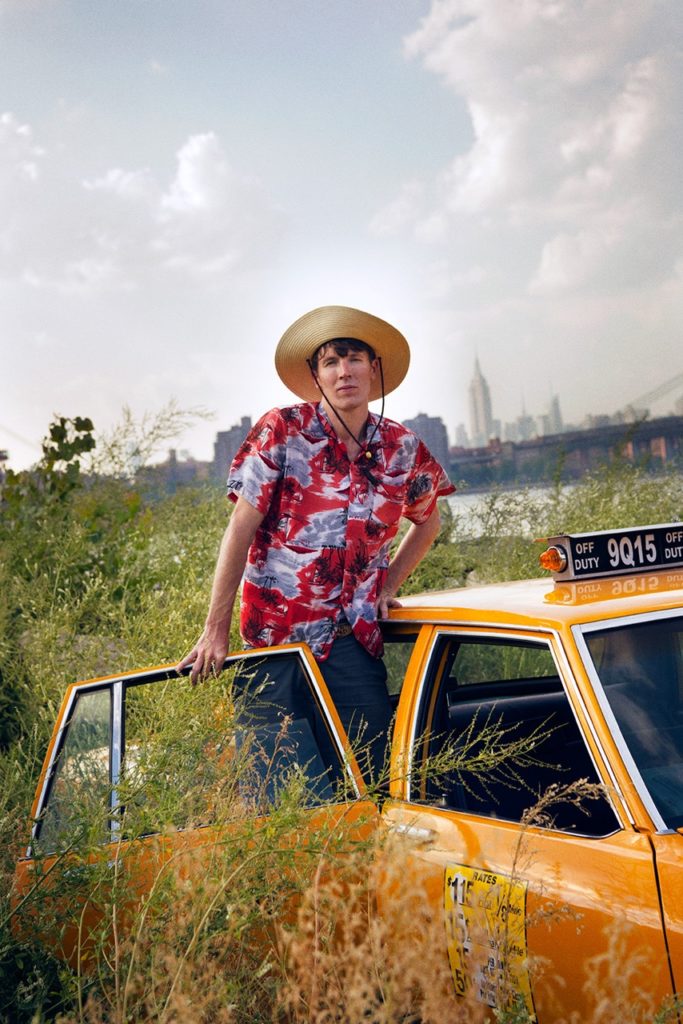Over the past two decades, Ryan McGinley has gone from a young wunderkind with a Whitney show to the “the most important photographer in America”—at least according to GQ magazine.
He rose to fame documenting the uninhibited spirit of creative kids (almost always in the nude) frolicking in the lamp-lit streets of downtown Manhattan, in the back of a van traveling cross country, or in his own studio. His signature images showcase young people who are exploring their own identities as they perform self-consciously for the camera.
The relationship between McGinley and his subjects has defined much of his oeuvre. But what happens when he is no longer the one behind the camera? Can a photographer be the author of a photo even if he wasn’t physically present when the shutter was pressed?
These questions are at the heart of his latest exhibition, “Mirror, Mirror,” at Team Gallery. Though McGinley was not present for any of the shoots, he is still credited as the artist—and his signature (metaphorically speaking) is all over the photographs.
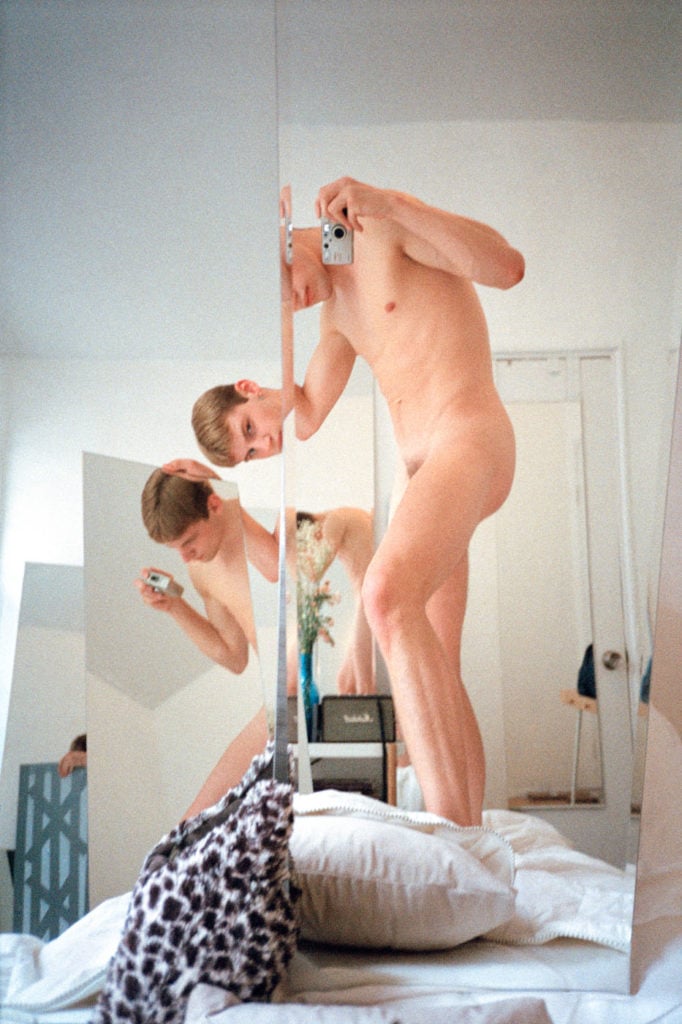
Ryan McGinley, Quinton (2018). Courtesy of Team (gallery, inc.).
For the project, McGinley packaged up five rolls of film, a Yashica T4 (a cult-classic point-and-shoot camera, which he himself helped to make famous), and 20 door-length mirrors sourced from Ikea and Bed, Bath, and Beyond. He delivered them to his subjects and asked them to photograph themselves nude in their own homes.
“Doing this project, I was trying to incorporate all the things that I love,” McGinley told artnet News in his characteristically soft-spoken voice. “I love looking through interior magazines, seeing people’s homes, and of course I love working with the body. Everything was shot on film, and the camera that I supplied everyone with is the camera that I loved the most.”
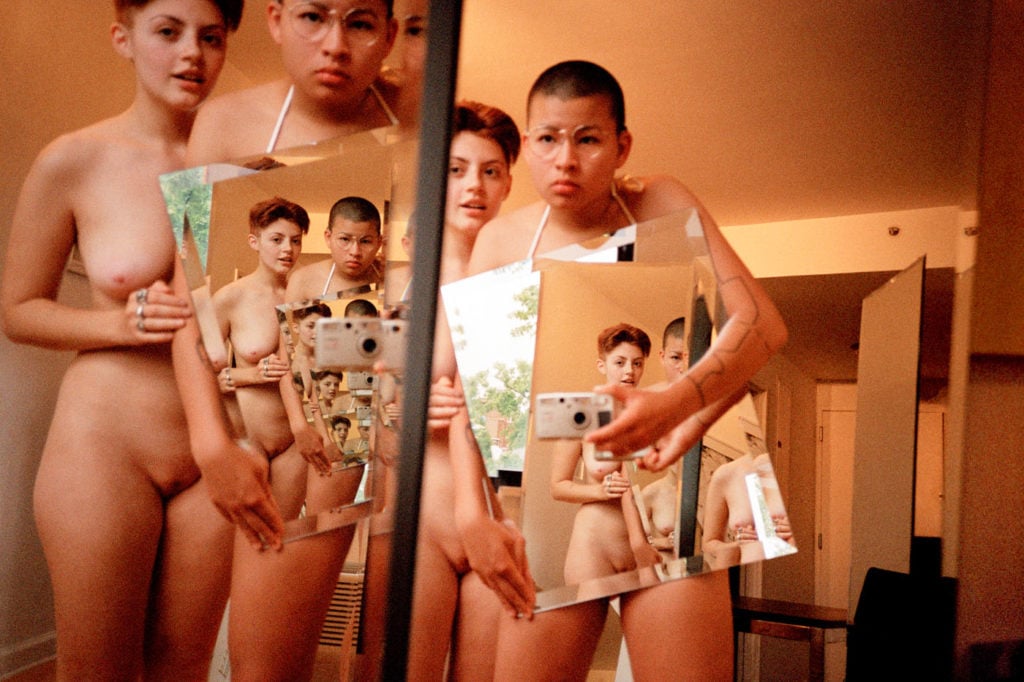
Ryan McGinley, Mary V & Chella R (2018). Courtesy of Team (gallery, inc.).
Inspired by a handful of conceptual artworks—from Sol Lewitt’s wall drawings to Yoko Ono’s instructional paintings—McGinley also equipped his subjects with a set of written instructions. They included a description of the project; mirror placement ideas that would produce the “refracted, kaleidoscopic” effect that McGinley had in mind; and, most importantly, directions for posing.
Recommendations included: “Do you smoke? Light it up and find the smoke in the light.” “Cuddle your pet and give them a kiss.” “Imitate a neoclassical statue.” Many of these are his go-to directives in any shoot—strategies he employs to disarm his subjects.
After they took the photographs, the models returned the film to McGinley, who developed it and went to work on what he calls the most artistic part of his process: the edit. He combed through more than 150 pictures looking for standouts that were both formally complex and laden with organic signifiers of identity.
“I’m always looking for something that feels really authentic,” he explains. “And I wanted to show the person’s apartment, so you could really see the space. That was such a big part of the project because how a person decorates their apartment tells you so much about them.”
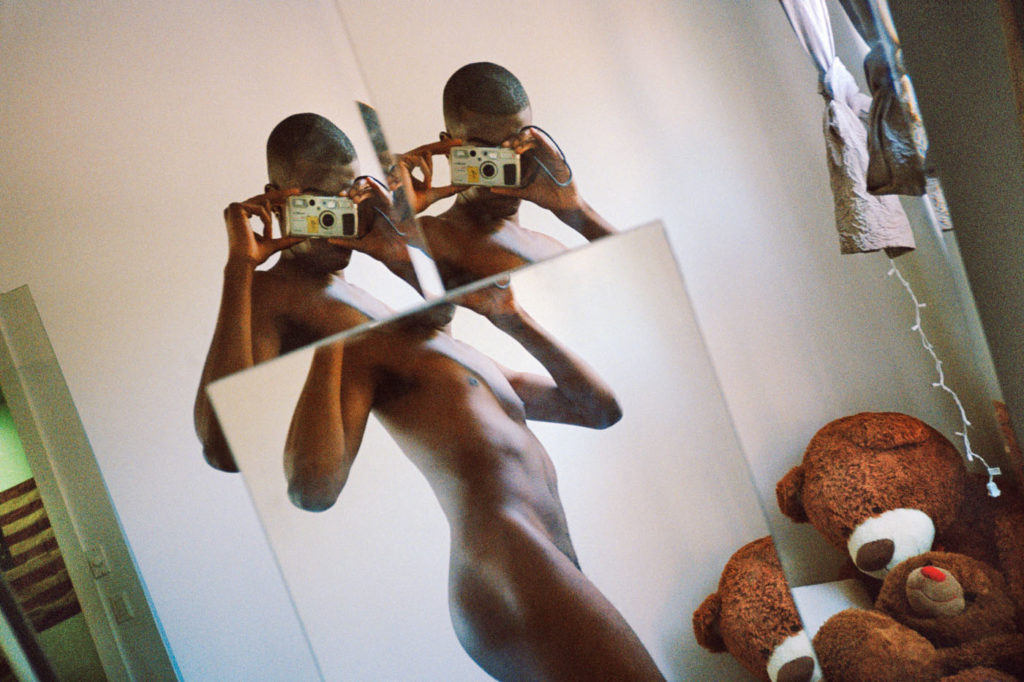
Ryan McGinley, Desmond (2018). Courtesy of Team (gallery, inc.).
The subjects, close friends and collaborators of the artist, may be familiar to fans of his famous candid snapshots. Some, like Liz, a cotton candy-colored model, have the classic McGinley look: thin and androgynous, pierced and tattooed. People like Simone and Carlotta are fellow photographers who have traveled with and posed for McGinley on numerous occasions.
But on the whole, the subjects look like who they are—real people plucked from the artist’s everyday life. Subjects include Janis, the aunt of his best friend (and fellow artist) Dan Colen, who he’s known nearly all his life. Also present is McGinley’s realtor Nicole—a stately woman who he lovingly describes as having a “statuesque stance” and “architectural haircut”—and artist Marc Hundley, whom McGinley dated for over a decade.
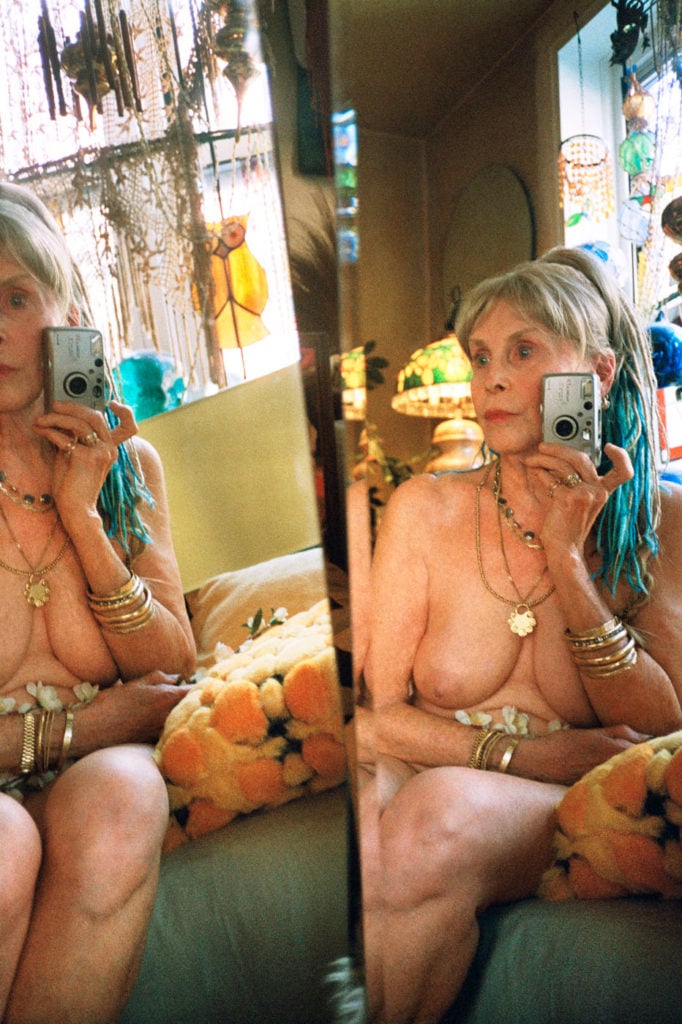
Ryan McGinley, Janis (2018). Courtesy of Team (gallery, inc.).
Perhaps the most poignant photos document people who no longer exist. There are several portraits of trans people who have since undergone gender confirmation surgeries. In one more tragic case, a portrait shows Shannon Michael Cane, the former head of Printed Matter’s Art Book Fair, who took his photo less than a month before he took his own life late last year at the age of 43.
In these images especially, the recursive, fractured effect resonates powerfully. But they still beg the question—are they selfies or portraits?
For McGinley, they exist somewhere in between. “[I]t’s sort of like a double self-portrait, between me and them,” he says. “I think that there’s a lot of me in there, and a lot of them in there as well.”
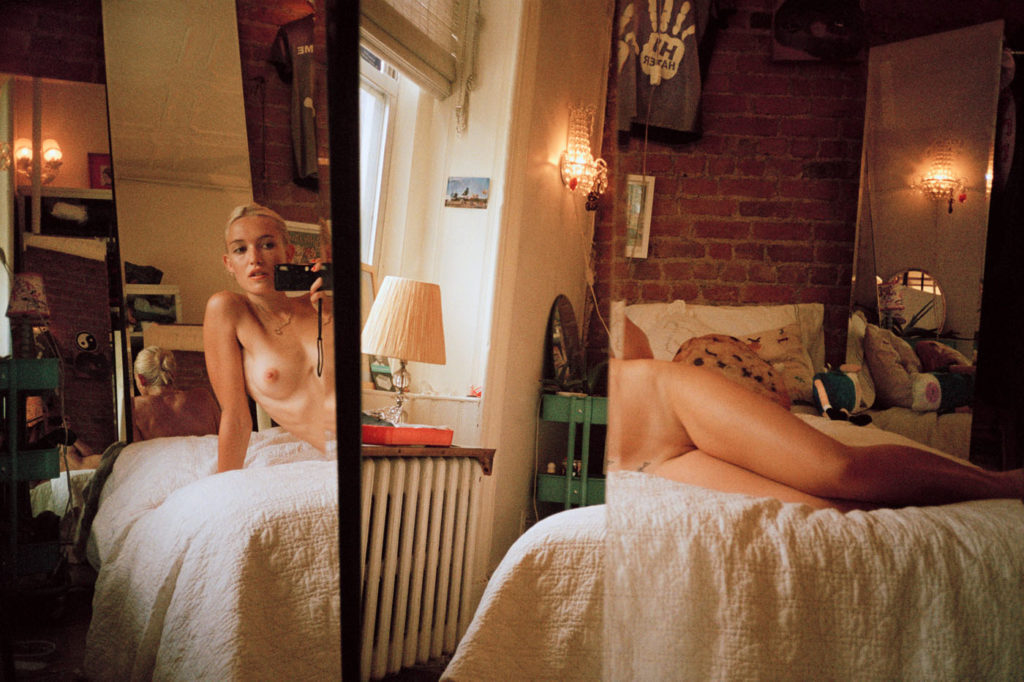
Ryan McGinley, Carlotta (2018). Courtesy of Team (gallery, inc.).
“Mirror, Mirror” is on view at Team Gallery through September 29.
